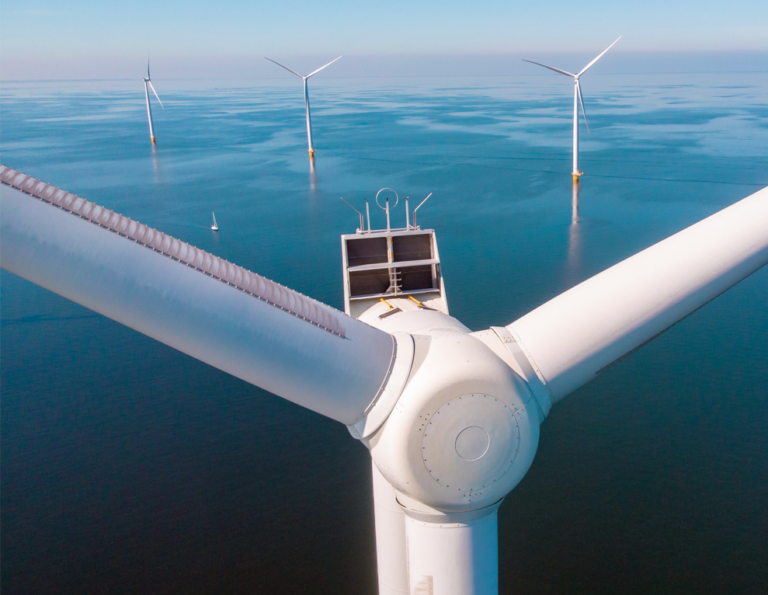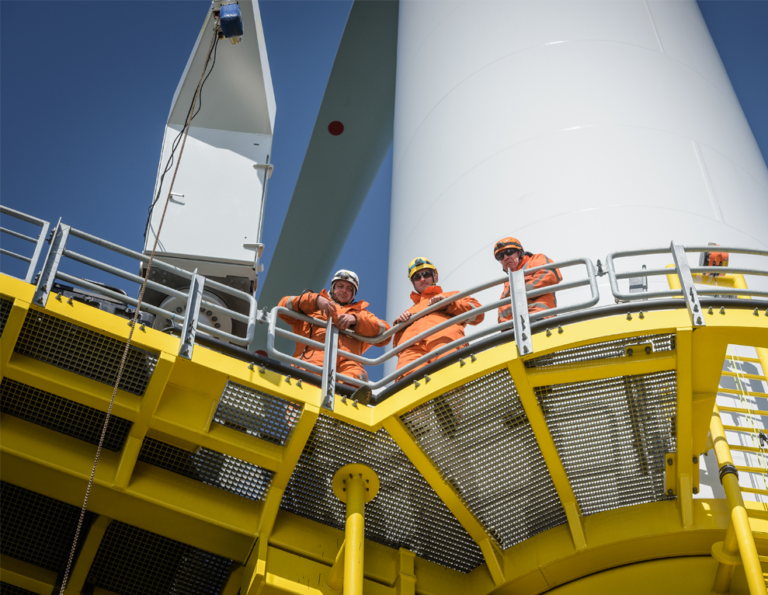Maritime spatial planning focuses on climate protection
“From our point of view, the new maritime spatial plan is a step in the right direction. Conflicts of goals between the different types of use were adequately taken into account without losing sight of the common climate protection goals.
Since the last update of the spatial plan in 2009, the competition for land in the North and Baltic Seas has increased. At the same time, climate change is catching up with us and we must ensure that Germany becomes climate neutral as soon as possible - but by 2045 at the latest. In the coming years there will therefore be a further increasing demand for areas for offshore wind projects in the North and Baltic Seas.
From our point of view, co-use offers great potential here, for which we see additional possibilities, especially in areas that are currently used exclusively for military purposes. "
(Stefan Thimm, Managing Director BWO eV)
Hintergrund:
The Federal Ministry of the Interior, Building and Home Affairs (BMI), which is responsible for spatial planning in the German exclusive economic zone (EEZ) in the North Sea and Baltic Sea, issued the new plan today by ordinance. The preparatory procedural steps for updating the plan were previously carried out by the Federal Maritime and Hydrographic Agency (BSH) on behalf of the Federal Ministry of the Interior. Spatial planning has the task of reconciling the different interests of offshore wind power, shipping, the military, fisheries, and environmental and nature conservation.



